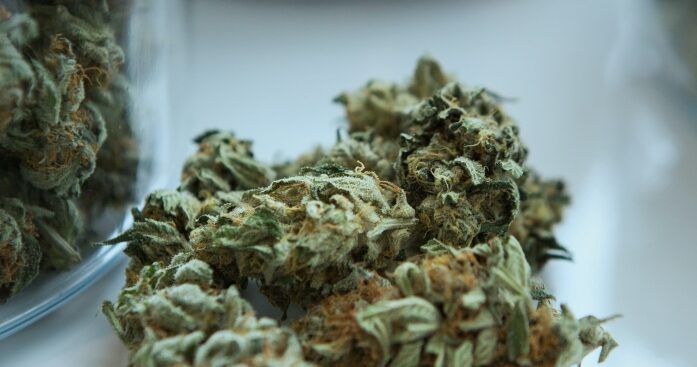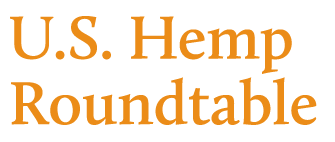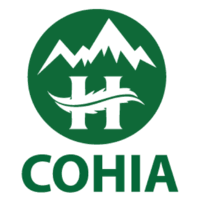Latest
What is Delta 8 THC?
PanXchange Blog
What is Delta 8 THC?
Delta 8 THC (D8) is a major cannabinoid present in both hemp and cannabis, mimicking the psychoactive effects of its federally illegal cousin, Delta 9 THC. Specifically, D9 is derived from medical and recreational marijuana and found in small percentages in industrial hemp. On the other hand, D8 can be extracted and isolated in similar methods to other popular cannabinoids like CBD or CBG, but usually not present in the cannabis plant in more than 1% concentration. At this point, the hemp industry is seeking minor cannabinoids, such as CBG and CBN, but with low concentrations, a lot of material needs to be processed to create a substantial amount.
Adding an interesting wrinkle to the cannabinoid focused industrial hemp supply chain, D8 is psychoactive yet produced from federally legal industrial hemp containing no more than 0.3% D9 THC.
How is D8 similar to Kratom?
Native to Southeast Asia, Kratom is a tropical evergreen tree in the coffee family that has yet to overcome its grey area of federal legality. Its controversy derives from the mimicking effects of opioids when the leaves boil in tea. The federal government has twice attempted and failed to add Kratom to the Controlled Substances Act (CSA). However, they have enacted a ban on imports into the country, and individual state legislation has addressed bans where the CSA could not.
What are the significant issues facing D8?
D8 is relatively new to the global cannabis industry timeline, meaning a lot of research is yet to be done. Long term effects on the human body are still unknown, leaving many CBD companies hesitant to offer this product for a few reasons, mainly the unknown long term effects on the body (if any) and the uncertainty surrounding the Interim Final Rule concerning synthetic cannabinoids. Current writing of the IFR, which has not gone into full effect, would make D8 illegal under these production methods.
The best extraction processes for D8 are continually improving; however, at its essence, D8 is derived from labs manipulating chemicals to get to their desired structure. The more complicated the manipulation, the further the product is straying from the “all-natural” feel at the backbone of global cannabis.
Federal Register (August 21, 2020): Interim Final Rule
“The [2018 Farm Bill] does not impact the control status of synthetically derived tetrahydrocannabinols (for Controlled Substance Code Number 7370) because the statutory definition of “hemp” is limited to materials that are derived from the plant Cannabis sativa L. For synthetically derived tetrahydrocannabinols, the concentration of delta-9 THC is not a determining factor in whether the material is a controlled substance. All synthetically derived tetrahydrocannabinols remain schedule I controlled substances.”
The IFR continues to explain in further detail:
“(i) Meaning tetrahydrocannabinols, except as in paragraph (d)(31)(ii) of this section, naturally contained in a plant of the genus Cannabis (cannabis plant), as well as synthetic equivalents of the substances contained in the cannabis plant, or in the resinous extractives of such plant, and/or synthetic substances, derivatives, and their isomers with similar chemical structure and pharmacological activity to those substances contained in the plant …”
Why are synthetic cannabinoids a big deal for the hemp/marijuana industry?
The last sentence of the IFR that deals with synthetic cannabinoids is a significant change. PanXchange has had several processors report that they’ve seen an uptick in demand for CBD isolate because of its ability to synthesize D8. Due to the relatively low quantities of the cannabinoid in traditional genetics, both in hemp and marijuana, synthesizing the cannabinoid is the most economical option. The alternative to synthesizing would be to use thousands of pounds of product, which is not commercially viable. Although there are divided opinions on synthetic cannabinoids across the industry, this added sentence on the IFR can be described as vague at best. By only using the word “synthesize” without further clarification, processors will be forced to question their businesses’ legality if the wording passes. Specifically, the document mentions outlawing synthetic tetrahydrocannabinols. However, if this applies to all “synthetic” cannabinoids, it would affect the demand for CBD isolate and the entirety of the minor cannabinoid products (CBG, CBN, CBC, Delta 8, etc.).
What to watch for in the industry?
This development is still very much a space to watch for the national cannabis industry as a whole, especially if the IFR will change due to the overwhelming pushback from our industry. Depending on a myriad of factors and in the most extreme case, the federal government’s response to D8 could cause a retracing of the progress that the industry has made in the past few years for hemp and recreational marijuana. Seen for years on the overall US war on drugs, government restrictions and intervention could lead to an “illegal mystique” effect.









